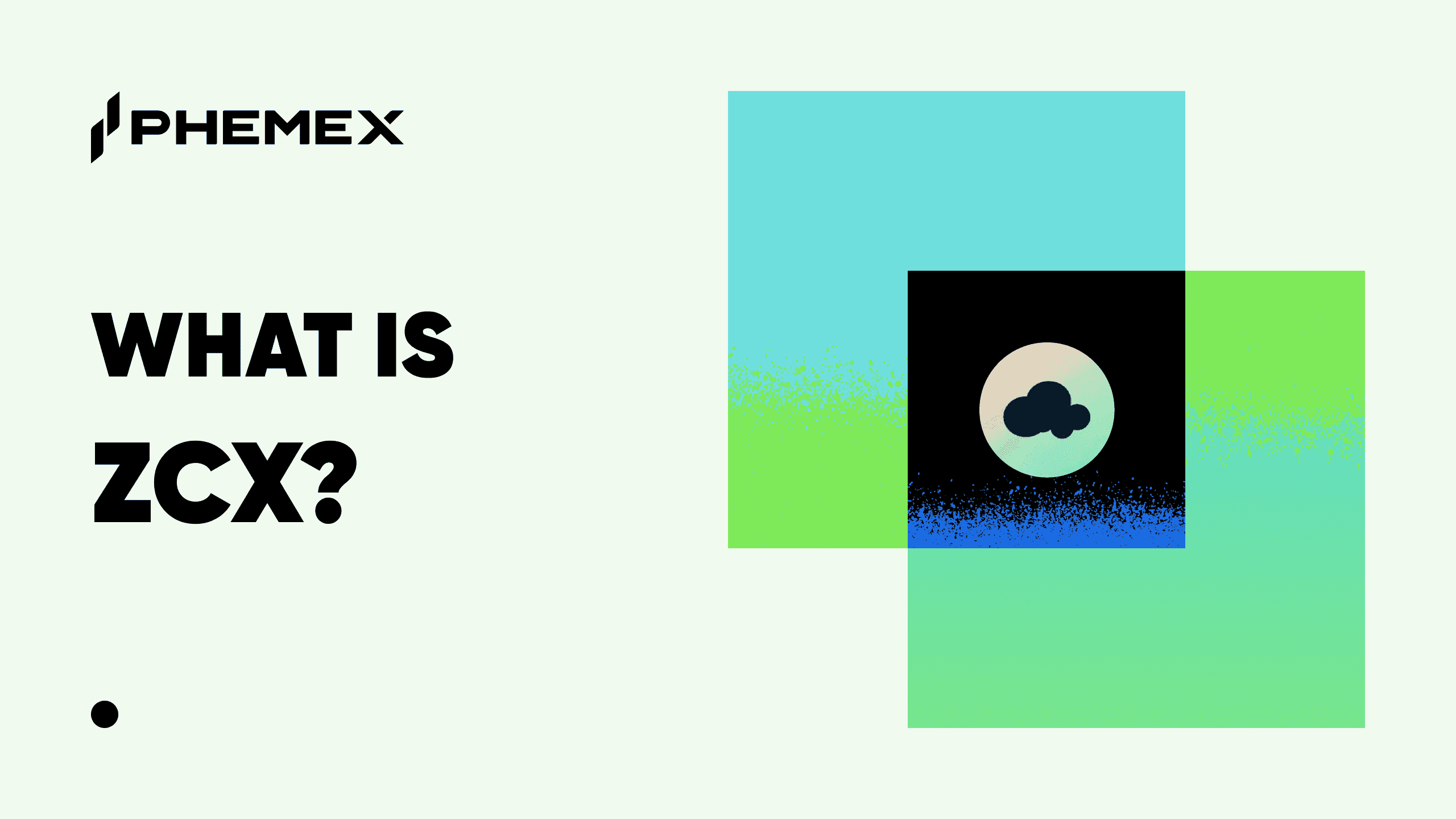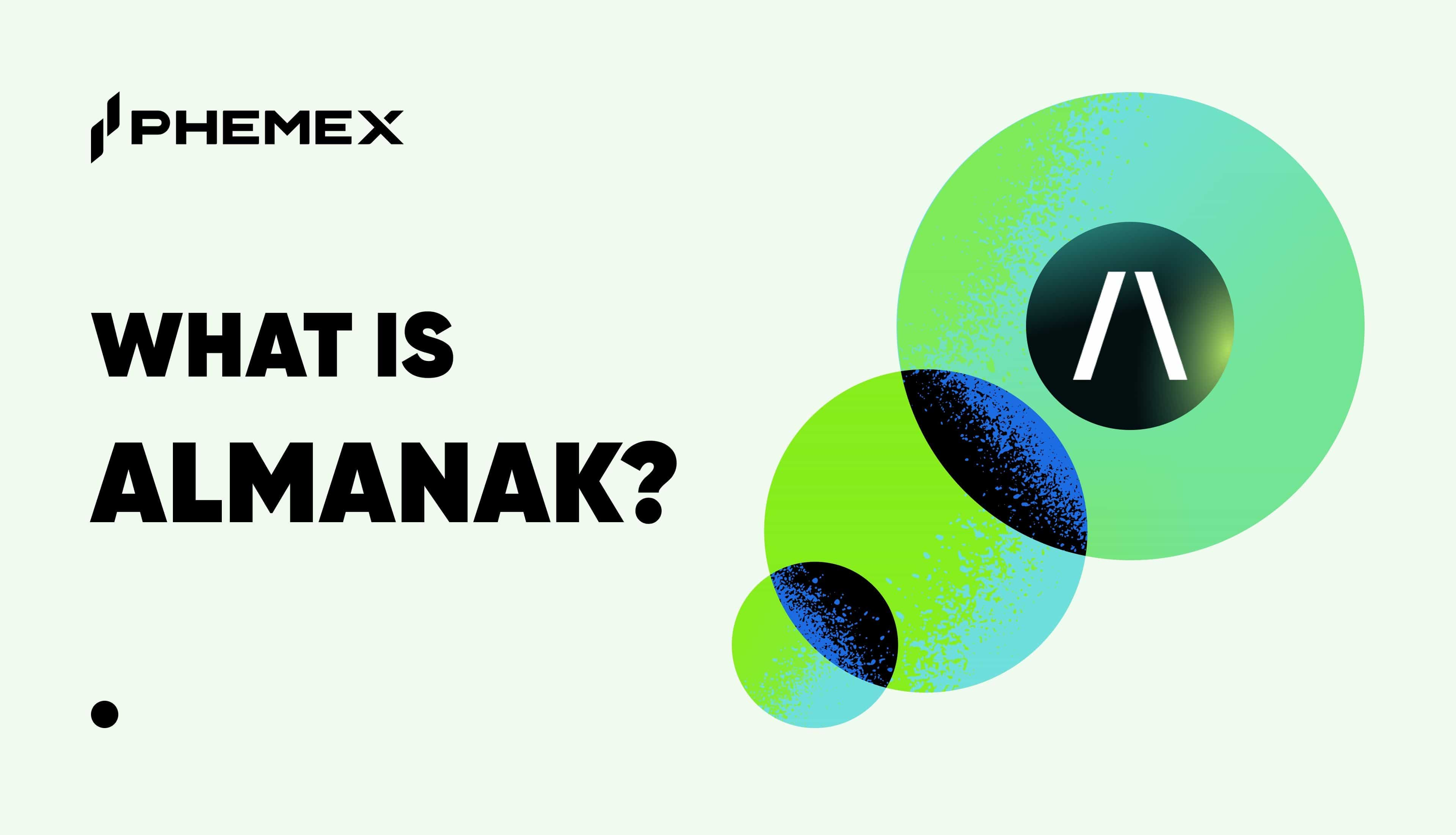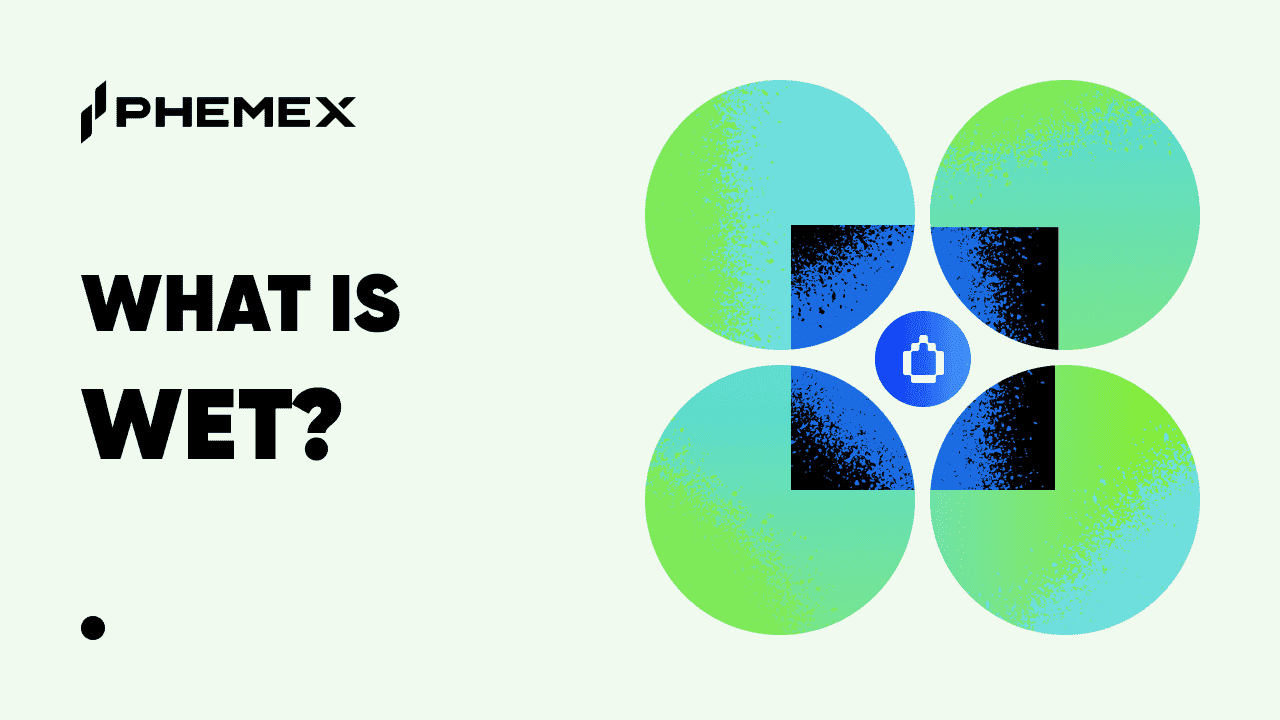Summary
- Polkastarter is an early-stage crypto fundraising launchpad or DEX that aims to help projects raise capital via IDOs in a safer, fairer and cross-chain environment.
- One of its key features, fixed swap pools, aims to address issues of volatility, uneven token distribution and liquidity rug pulls faced by other DEXs by fixing the token price during its launch.
- Its native cryptocurrency POLS is used for network fees and governance, but also to whitelist participants–users who are interested in participating in an IDO in have to hold at least 250 POLS in his wallet.

What Is Polkastarter?
Polkastarter is a decentralized exchange (DEX) or launchpad that offers Initial DEX Offerings (IDOs) for early stage crypto projects to raise funds. IDOs evolved from earlier fundraising models such as initial coin offerings (ICOs) and initial exchange offerings (IEOs) in order to address some of the gaps of such models–most of which relate to centralization and single point of failures such as scams and security breaches.
Polkastarter is multi-chain, meaning it supports the sales of tokens on various Layer 1 and 2 chains including Ethereum, Polygon, Celo, and Avalanche.
Polkastarter’s native token is the POLS token, with a circulating supply of 93,221,432 tokens and a current value of $0.57 for a market cap of $52,784,075.
Who Is Behind Polkastarter Launchpad?
Polkastarter was founded in 2020 by Daniel Stockhaus, Tiago Martins and Miguel Leite in late 2020, who drew inspiration from the non-DeFi app Kickstarter, arguably the most popular crowdfunding platform in the world. There isn’t a lot of information about the three co-founders on the project’s website, except that CEO Stockhaus is a serial tech entrepreneur, CTO Martins is a senior software engineer, and Leite has been building tech companies for over 10 years.
Is Polkastarter Related to Polkadot?
Polkastarter is not related to Polkadot in terms of origin or organization; Polkadot is the blockchain on which the Polkastarter protocol currently operates on (it was originally built on Ethereum.) And yet, the similarity in name may be more intentional than coincidental. While attending the Web3 Summit in 2018, Stockhaus, who was then in the prototyping phase of the protocol, found a kindred spirit in Polkadot creator Gavin Wood, whose desire for a fairer and better world resonated with his own ideals.
3 Polkastarter’s Competitive Advantage Over Other DEXs
Fairer fundraising process
As DeFi applications mushroomed in 2020, IDOs on DEXs like Uniswap became a more cost-effective way of fundraising as compared to centralized IEO models. However, whales (or bots) soon wised up to the opportunity and bought up large amounts–if not entire pools–of newly created tokens at low prices, causing the crypto asset to skyrocket in price, and price out other investors. This is because these DEXs use automated market makers which dynamically adjust pricing based on supply and demand, which results in significant volatility of a token’s price.
Fixed swaps pools, the innovation at the heart of Polkastarter’s protocol, aims to address this loophole by having projects list at a fixed price, in order to reduce wild price swings. This in turn ensures a fairer distribution of tokens as everybody will be buying at the same price, and also reduces the risk of token dumps by private investors as prices will not fluctuate that much.

The Polkastarter projects page (Source: Polkastarter)
Cross-chain pools
Polkastarter also differentiates itself from its close competitors Uniswap, Primablock and Bounce by enabling cross-chain transfers. Polkastarter was initially built on Ethereum, but later shifted to Polkadot to benefit from its interoperability.
This benefits users as transaction fees for making decentralized swaps is much more cost-efficient. With its proprietary technology Polkadot bridges, which enables parachains to communicate with each other. Polkastarter also currently supports Ethereum, BSC and Polygon.
Safer environment
Alongside the core Polkastarter team, a Polkastarter council comprising established crypto companies and exchanges including such as Alchemy, Polygon, Signum Capital and Animoca Brands oversee project selection.
The project puts emphasis on a rigorous vetting process scrutinizing criteria such as technology, product roadmap, leadership caliber and tokenomics. The aim–to weed out potential rug pulls and ensure only high-quality projects that not only benefit IDO participants but advance the overall crypto industry are supported.
Polkastarter claims that only 6% of original applications make it through this selection process eventually.

How to Use Polkastarter
Polkastarter Whitelisting & Polkastarter Tiers
Polkastarter whitelisting is the process by which users can apply to invest in an upcoming IDO. To qualify, a user has to purchase at least 250 POLS tokens, apply for the whitelist of the project, and wait for the IDO to kick off. Once a user is whitelisted on Polkastarter’s website, he can start investing in various token sales. Only whitelisted addresses are allowed to participate in an IDO. For popular projects, the number of applications can greatly outnumber whitelisting spots.
The more POLS a user holds, the higher his chances are of being whitelisted e.g. every 250 POLS = 1 ticket, 500 POLS = 2 tickets and so on.
Polkastarter goes by a tiered system with 5 levels to ensure fair participation:
- Tier #1: 250+ POLS Power = 1.0x — Every ticket is worth 1 ticket.
- Tier #2: 1,000+ POLS Power = 1.1x — Every ticket is worth 1.1 tickets.
- Tier #3: 3,000+ POLS Power = 1.15x — Every ticket is worth 1.15 tickets.
- Tier #4: 10,000+ POLS Power = 1.20x — Every ticket is worth 1.20 tickets.
- Tier #5: 30,000+ POLS Power = 1.25x — Every ticket is worth 1.25 tickets & no cooldown.
Tier 1 to 4 holders are subject to a seven-day cooldown period e.g. if they allocate funds in an ID on 10 December at 3pm, the next earliest IDO they can participate in is on 17 December at 3:01pm.
Tier #5 holders are not subjected to this cooldown, and can participate in as many IDOs as they wish.
What Is Polkastarter Token? POLS Coin Uses Explained
Polkastarter’s native cryptocurrency, POLS, has multiple utilities:
- Fees: POLS is used to pay for transaction fees on the Polkastarter platform.
- Governance token: POLS also enables holders to vote on project features and even which projects are listed on Polkastarter.
- Staking for Pool Rewards: Holders can also stake POLS tokens in liquidity pools to earn a portion of pool rewards or to participate in exclusive pools.
- Staking for Pool Access: As mentioned above under the Polkastarter Whitelisting section, the POLS token is used as a qualifying mechanism of participation in an IDO. For popular pools, access can be limited to top liquidity and network contributors.
Polkastarter Growth & Recent Developments
By the numbers
Polkastarter first launched on Ethereum but later moved to its competitor and much faster chain, Polkadot, which has in hindsight proved to be the right move. Till date, Polkastarter has funded 109 projects with $48.8 million capital raised from over 35,000 unique participants.
More notable is the fact that some of these projects have gone on to bigger things since IDO, such as Ethereum Push Notification Service (EPNS) which has announced strategic collaborations with crypto platforms like Aave and TrueFi, as well as Wilder World which inked a partnership with Animoca Brands and won investment from Digital Currency Group to further develop an NFT-powered Metaverse.
Polkastarter upgrades
The Polkastarter protocol has undergone two milestone upgrades since inception with the introduction of multi-chain token pools, staking, voting and know-your-customer (KYC) checks. Staking further expands the utility of POLS tokens by allowing users to lock up their tokens and earn yields from doing so, while the KYC checks ensure that every IDO participant has been vetted and found ‘fit’ for participation.
Polkastarter also recently launched its Polkastarter Gaming Guild to support GameFi partners, riding on the potential of play-to-earn (P2E) applications. The Guild offers virtual scholarships which loan out NFTs to gamers so that they can play and earn without any initial capital outlay.
Polkastarter Coin Price History
Starting out at just $0.0015 when it listed on Uniswap in September 2020, POLS’s price rose steeply in early 2021, doubling in less than a month to reach an all-time high of $6.47 in February 2021. By July, it had fallen to less than a dollar, spiking briefly in December to about $4.20. It has since plunged by more than 80%, mirroring the trend across the overall crypto market and at time of writing is trading at under $0.70. Polkastarter’s all-time-low was $0.12 in Oct 2020.

Polkastarter price history from September 2020 to April 2022 (Source: CoinMarketCap)
How to Buy Polkastarter (POLS)
Let’s use Phemex platform for this demonstration. Buying POLS on Phemex is a straightforward process:
- Go to the Phemex.com homepage and select your preferred purchase method from the “Buy Crypto” menu.

- Follow the instructions to create a Phemex account.
- Deposit fiat currency or crypto into your account.
- Search for “POLS” and consult the live price chart.

- Specify your maximum buy price, as well as the quantity of POLS you wish to buy, and confirm the transaction.

Your POLS will appear in your Phemex wallet. Cryptocurrency settlements on Phemex usually arrive within two hours.

Conclusion
It may be early days yet to make a firm call on Polkastarter’s future; after all, it has only been around for less than two years. What is clear is that it has achieved a significant level of success in terms of technological novelty via features such as fixed swaps and cross-chain swaps i.e. interoperability, giving it an edge over other similar decentralized launchpads. More importantly, it is seeing continued adoption with new IDO projects each quarter. In short, definitely a project to keep a close eye on, in a bull or bear market.
Read More
- Polkacity Coin: Crypto Meets All-Time Gaming Favorite
- What is Polkadot? The DOT Token Explained
- What is a Launchpad: Crypto Project Fundraising
- What is Kusama? How Polkadot’s playground accommodates blockchain developers
- What is a Liquidity Bootstrapping Pool (LBP): Protecting Investors from Whales and Bots
- Polkadot vs. Chainlink vs. Cosmos: Which Is The Best To Invest In?
- What are Parachains: Parallel Computing on The Blockchain
- What is Polygon (MATIC): Ethereum’s Internet of Blockchains








